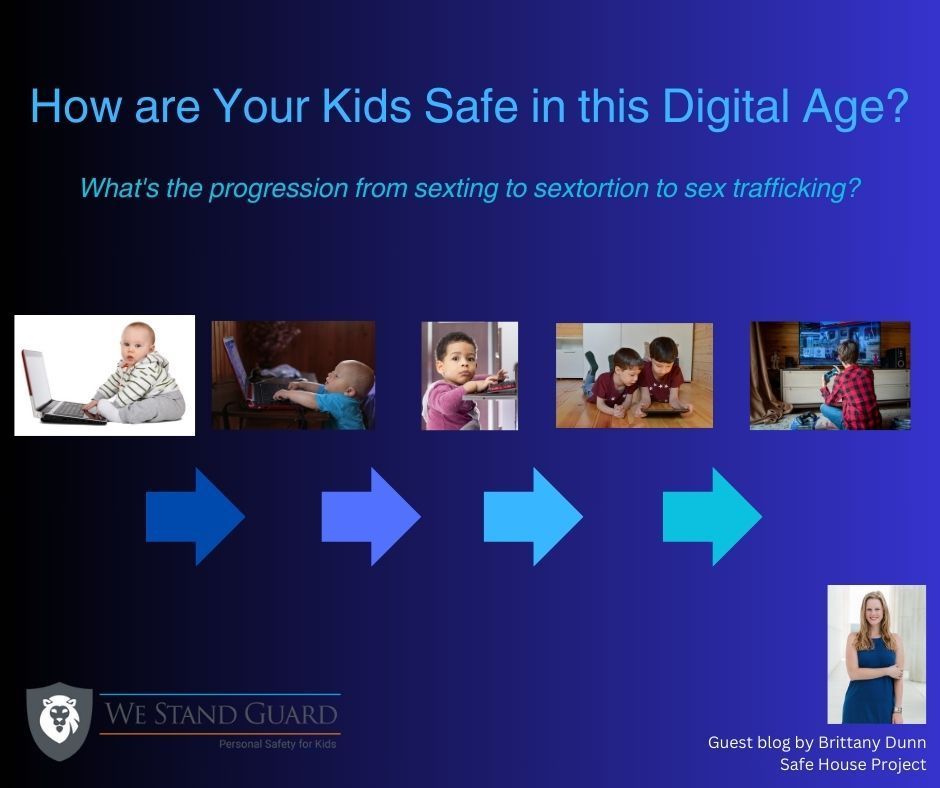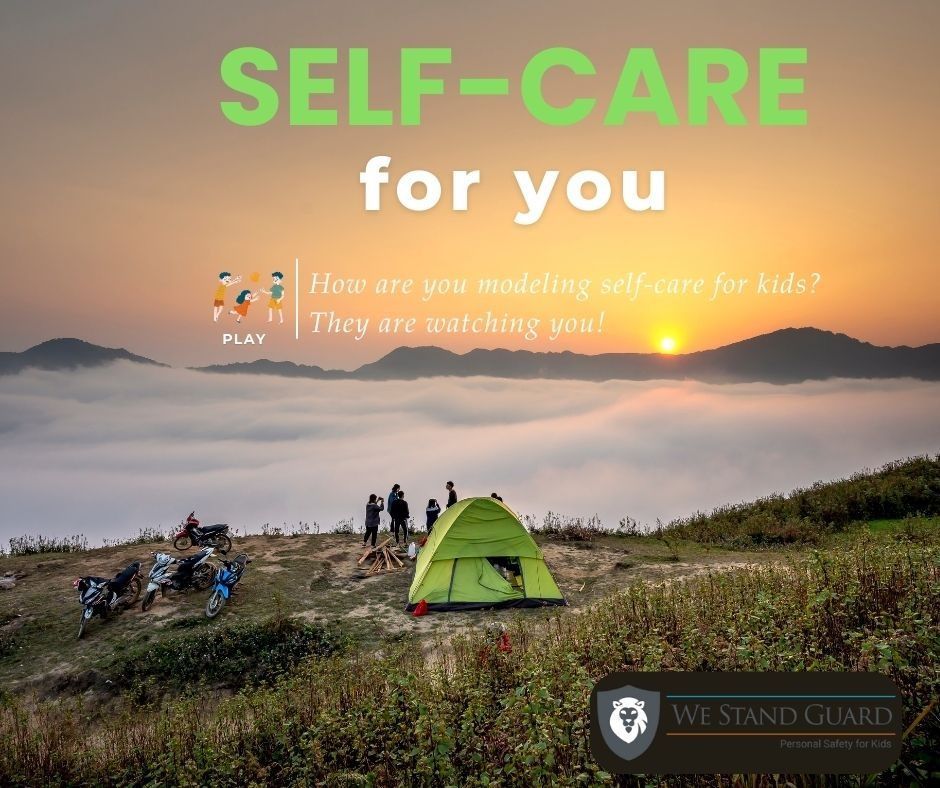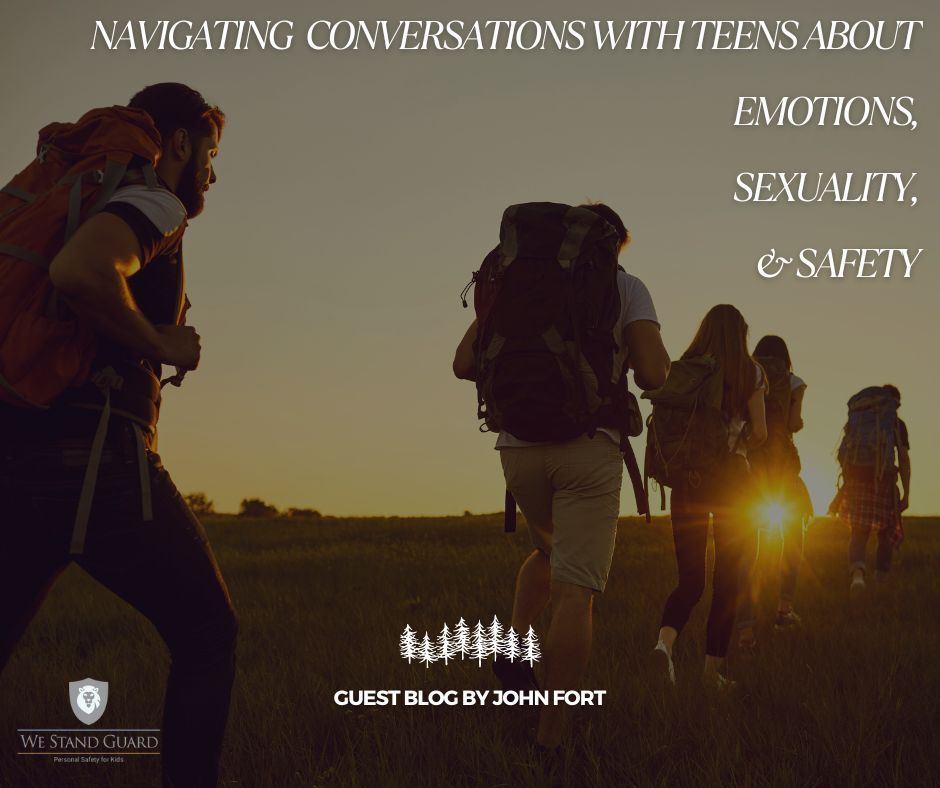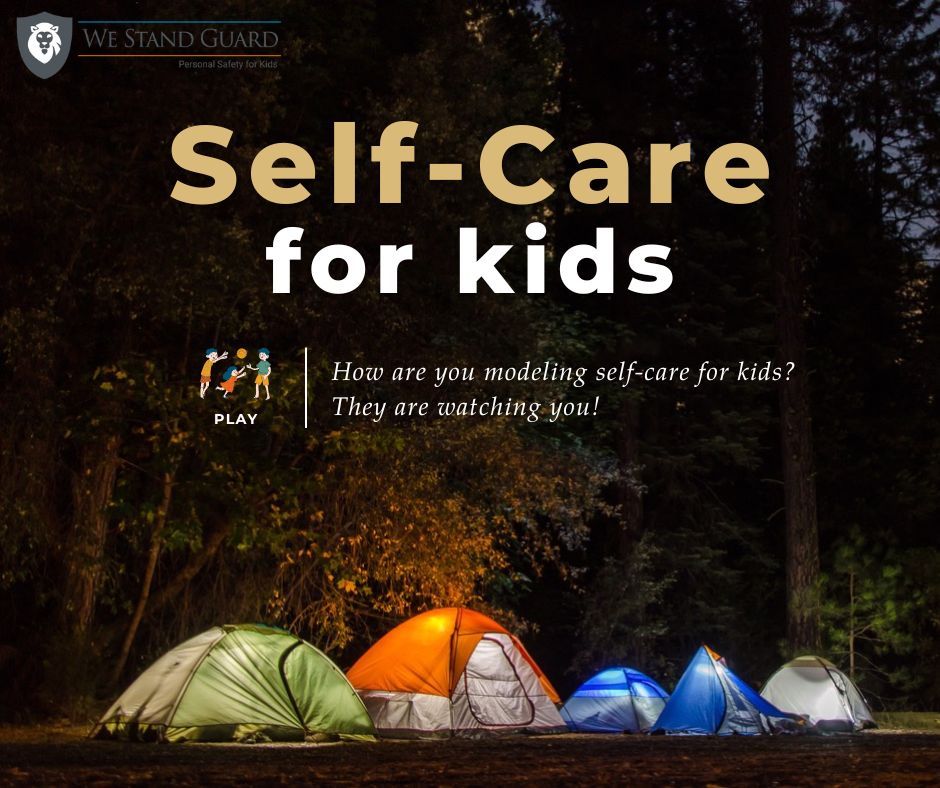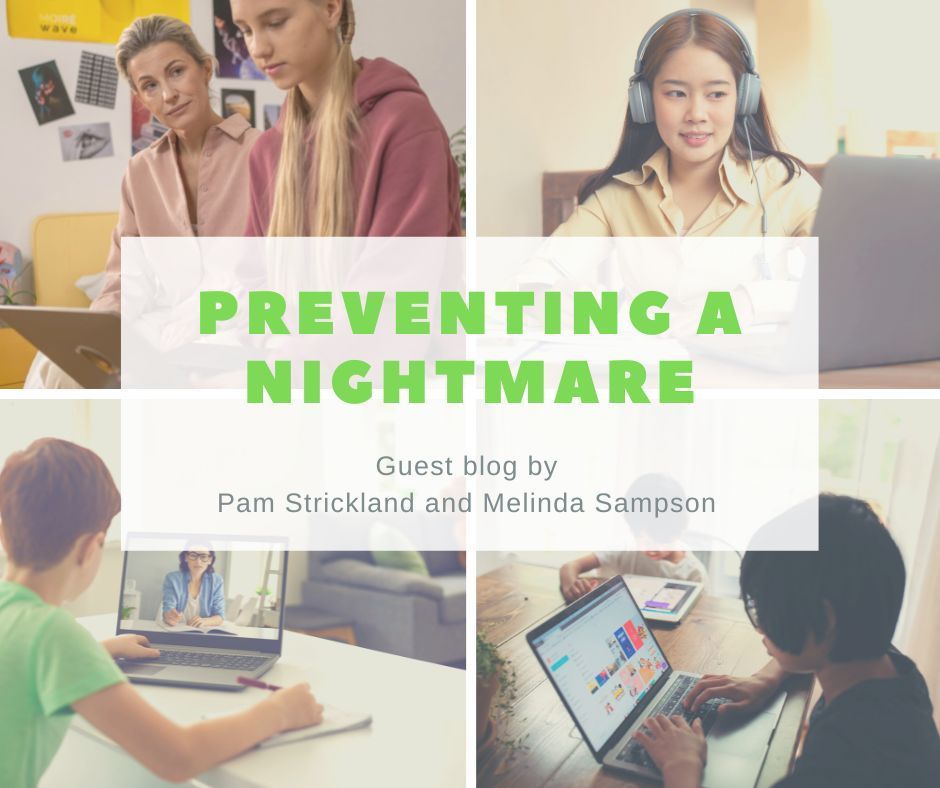How Do I Spot and Stop a Child Groomer?
Child Trafficking Prevention Tips and Tricks for Parents & Educators

Similarly to the 1940s when the Big Book Alcoholics Anonymous
(a fascinating and eye-opening read), was published and people began to recognize he or she just doesn't "like their drink" but rather it's alcoholism, the #MeToo movement is naming and exposing CSA
, pornography and sexual exploitation as it relates to addiction with an outcry for help. In fact, my friend "Lacy" shared with me when she recently went away for a leader ministry training weekend and most everyone had a CSA experience as part of their testimony while they struggled to find their voice to share it with one another. Then it dawned on her - maybe people who have not experienced CSA can come along side CSA survivors and be, add to or strengthen the survivors' voices since often, the shock of CSA steals one's voice at the point of trauma. Over the past eight years, countless precious souls of all ages have disclosed their CSA stories to me (often their first time telling anyone and some in their 70s!) which causes me to estimate we are only scratching the surface of understanding the prevalence of CSA in all it's forms, combined with the daunting statistics. One way to combat this growing problem is to learn the signs and symptoms of grooming by an abuser.
For example, in the Say "NO!" and TELL!
books, which function as toolkits, I researched the tactics of an abuser and turned them into 8 positive life skills as scenarios to role-play. This list includes privacy, private moments, guarding your eyes, guarding your ears, gifts vs. bribes, safe vs unsafe secrets, self-care vs threats and online safety. I also added "The Profile of an Abuser"
to the appendix which exposes surprising myths around grooming and the stereotypical abuser profile based on an extensive study.
Another expert on the topic of grooming is my friend Ellen Paxton, co-founder of ComassChildProtection.com which offers low-cost, easy to implement online training and background checks and helps hundreds of thousands of people in organizations of all sizes recognize, report, and prevent child abuse.
Read Ellen's guest blog here:
How Do I Spot and Stop a Child Groomer?
Child Trafficking Prevention Tips and Tricks for Parents and Educators
By Guest Blogger Ellen Paxton from
Compass Abuse Prevention Services
The era of stranger danger is over. We now know that the majority of people looking to harm children are far from strangers – 95% of the time they are known to the child, the family or both. This isn’t meant to cause alarm, but we must be aware.
Child predators are often methodical and patient. They carefully plan and
prepare their actions from the moment they identify a victim. They operate
skillfully and groom with charm.
What is Grooming?
Grooming is a series of manipulative actions by
an abuser to bring the victim under the perpetrator's control. Grooming is not
just done to a 'victim,' the abuser grooms parents, caregivers, professionals
and community members as well.
The process of grooming involves the following general steps, that can happen
in any order:
1.Selection of victim
2.Gaining access and building trust
3.Earning a place in the person's life
4.Acting out the abuse
5.Controlling the relationship
The primary reason a perpetrator can exploit a person is the power the perpetrator has over the person. They may use this influence for manipulating and gaining the person's trust and confidence, creating fear and to coerce their intended victim into performing certain actions.
Recognizing Grooming
Grooming can be difficult to spot. This illusions video shows how easily we can be tricked.
It is impossible to tell if someone is a child groomer from their outward appearance. The truth is that child abusers look like everybody else, with no distinguishing visible characteristics. They are best defined by their behavior and attitudes, meaning that certain traits may be indicators that someone is an abuser.
Child abusers target minors, which means that much of their
behavior will reflect their desire to be close to their victims.
Typical grooming behavior can include:
⮞ socializing predominantly with minors,
⮞ treating minors as adults in conversation,
⮞ favoring age-inappropriate hobbies,
⮞ seeking employment or volunteer opportunities that bring them into contact with their targets.
Some suspicious behavior to look out for are adults whose eyes are always roaming, who always initiate conversations where they are boasting about love for children. They, even for a second, can’t keep their eyes from looking at children. They may be adults unable to keep their hands to themselves, often patting kids on the head, or every so often touching them as they walk by.
Abusers are very good at building relationships. When they speak, they draw people in. They tend to lie and exaggerate. They use compliments or tell jokes to gain interest or divert attention. They may flirt, say inappropriate things, or tell jokes that are just a little off color. All these actions are intended to push boundaries ever so slightly.
Remember, people who abuse children act as magicians who have perfected the art of discreetly redirecting attention away from their behaviors. Just like a magician can do a trick right in front of your eyes. They may look and sound like a responsible, reliable, and kind adult.
Talking to Kids About Grooming
Discussing safety with teens and children can help prevent grooming. Here are some abuse prevention topics:
·Keeping personal information safe online.
·Safe touch and boundaries
·Staying in groups.
·Reaching out for help.
Next Steps
You understand grooming and want to stop it – what do you do next? Here are some online resources to help:
· Teachers: FREE Online PD for Teachers (free clock hour to renew your teaching license)
· Professionals: Online Abuse Prevention Training Course (earn a Certificate of Completion)
· Parents
: Start important age-appropriate conversations with Safety
Conversations for Families
resources.
· Leaders of Organizations : Online abuse prevention training and background checksfor your employees and volunteers.


